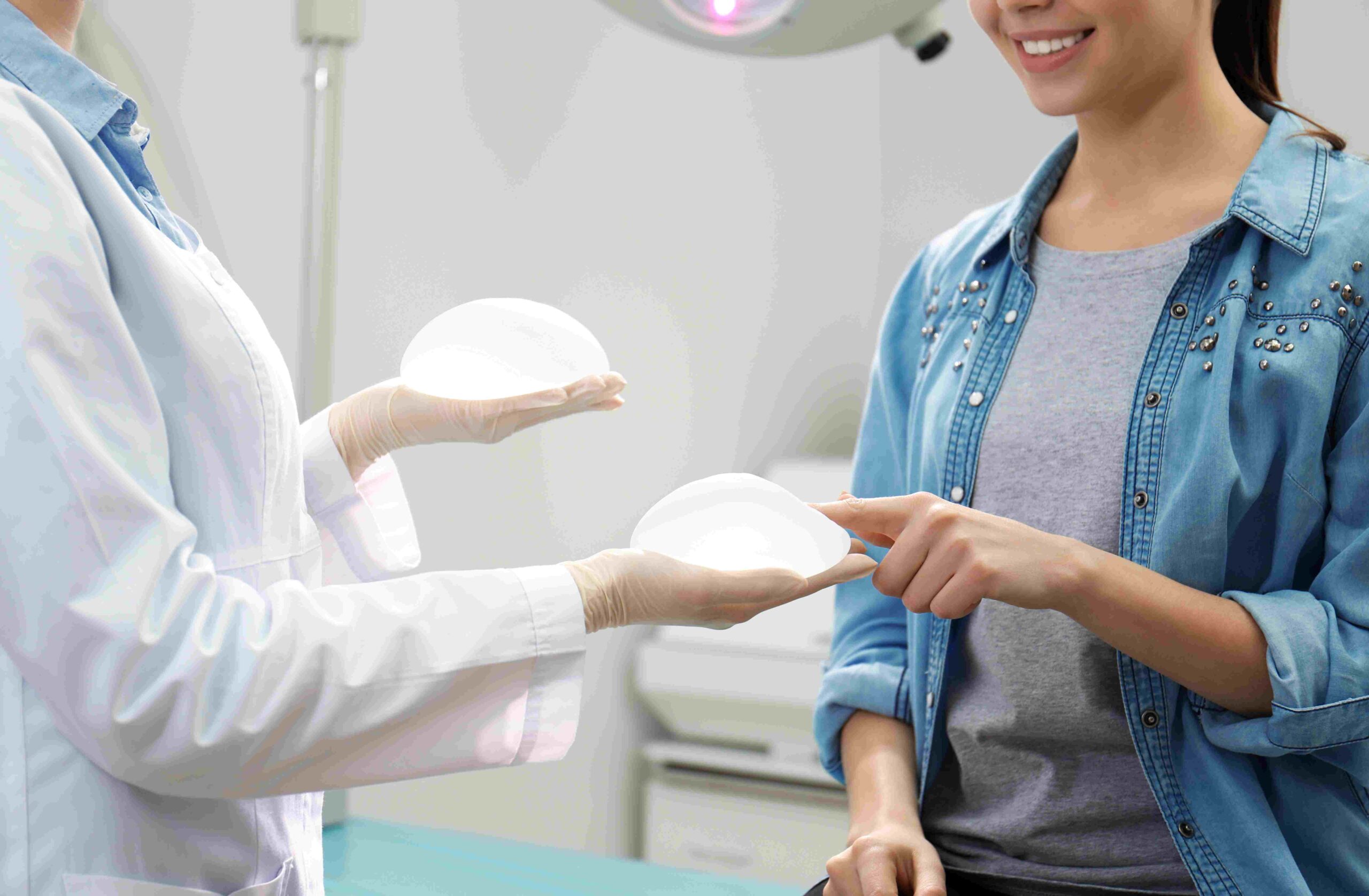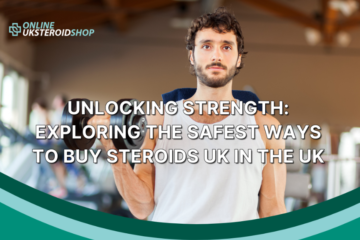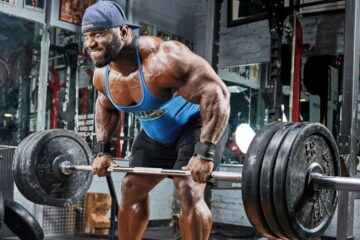Thinking about changing the way your body looks is a big decision. Breast augmentation is one of the most common cosmetic procedures, but that doesn’t make it simple. You’ll want to know what’s involved, what to expect, and how to prepare.
If you’re considering surgery in Sydney, it’s worth learning the key facts first. The right knowledge gives you confidence and helps you make the decision that’s best for you.
1. Different Types of Implants
Choosing the right implant is a major decision. Each option has unique features, so understanding the basics will help you and your surgeon determine what suits your body and goals best.
- Saline implants: Filled with sterile salt water. They can be adjusted during surgery, which gives flexibility, but they may feel less natural to the touch.
- Silicone gel implants: Made with soft silicone gel that feels closer to natural breast tissue. They often provide a more realistic result, though they require slightly larger incisions.
Your surgeon will also guide you in choosing the right implant size so your results look balanced with your body’s frame. Beyond materials, you’ll also want to think about shape. Teardrop implants create a gentle slope that mimics natural breasts, while round implants often add more fullness at the top.
The right choice depends on your anatomy, desired results, and your surgeon’s recommendations.
2. Surgical Techniques
Surgeons use different methods to place implants, and the choice affects recovery, scarring, and the final look. One important decision is where the implant will sit:
- Under the chest muscle: Provides a more natural contour and lowers the risk of visible rippling, which is when small folds in the implant show through the skin. Recovery with this method can take longer.
- Directly behind the breast tissue: Typically allows quicker recovery but may look less natural in very lean patients.
The technique also influences your final breast shape, from projection to symmetry. If sagging is a concern, your surgeon may recommend combining the augmentation with a breast lift for a more youthful result.
3. Surgeon’s Qualifications
When you’re considering breast augmentation surgery in Sydney, choosing a trusted specialist is a crucial step to protect your health and achieve natural-looking results. Look for a surgeon who is board-certified, experienced, and transparent about their background. You’ll want to review before-and-after photos, read patient feedback, and notice how they communicate during your consultation. A responsible specialist takes time to listen, explains your options, and discusses risks openly.
In Australia, cosmetic breast surgery is regulated to safeguard patients. You’re entitled to full disclosure, informed consent, and clear information about outcomes. If anything feels rushed or vague, treat it as a warning sign. A trustworthy surgeon will support your need for clarity and never pressure you into a decision.
4. Realistic Expectations
Breast augmentation can enhance your shape, but it won’t solve every concern. Understanding what the surgery can and can’t do helps you avoid disappointment. Implants add volume and improve symmetry, but the final result still depends on your body’s natural proportions. Expecting perfection often leads to frustration, while aiming for improvement keeps outcomes realistic.
The best results come when you view the procedure as a way to increase confidence rather than completely change your appearance. Emotional readiness matters just as much as physical preparation, and feeling grounded in your decision makes the experience more positive.
5. Recovery and Lifestyle Adjustments
Recovery is a process that takes patience. Most people need one to two weeks off work, and heavy lifting, strenuous exercise, and even reaching overhead may be restricted for several weeks. Preparing your home in advance and arranging support from friends or family makes daily tasks easier. A clear recovery plan helps you stay on track, avoid setbacks, and return to normal routines safely.

Lifestyle adjustments also matter. Surgeons often recommend quitting smoking and limiting alcohol before and after surgery to support healing. Paying attention to overall wellness makes recovery smoother.
6. Costs and Long-Term Maintenance
The price of breast augmentation in Sydney usually includes the surgeon’s fee, hospital costs, anaesthesia, and the implants themselves. Costs vary, but most patients can expect to spend between AUD$8,000 and AUD$20,000. Quality care is worth the investment, and choosing a surgeon based only on the lowest price can put your health and results at risk.
Implants aren’t permanent, so you may need surgery in the future to replace or remove them. Regular check-ups help monitor implant health and catch issues early. When planning your budget, consider the possibility of long-term maintenance on top of the upfront expense.
7. Risks and Complications
Like any surgery, breast augmentation carries risks. The most common include:
- Infection: Can develop if bacteria enter the incision site or implant pocket, causing swelling, redness, or pain.
- Bleeding: Usually happens soon after surgery and may be linked to activity that strains healing tissues.
- Implant rupture: When the implant shell breaks and leaks, replacement surgery is often required.
- Capsular contracture: Scar tissue hardens around the implant, leading to tightness, discomfort, or distortion of the breast.
While uncommon, surgical complications are possible, which is why follow-up care is so important. Skilled surgeons lower these risks by using sterile techniques and providing detailed aftercare instructions. Staying alert to changes in your body and contacting your surgeon promptly helps prevent small problems from becoming bigger ones.
Final Thoughts
Breast augmentation is a personal decision that requires research, planning, and the right support. By learning about implants, techniques, surgeon qualifications, recovery, costs, and risks, you’ll be better prepared to make an informed decision.
Sydney has many talented specialists, but only you can decide what’s right for your body. Ask questions and proceed when you’re ready. The best outcome is one that makes you feel comfortable, safe, and empowered.



